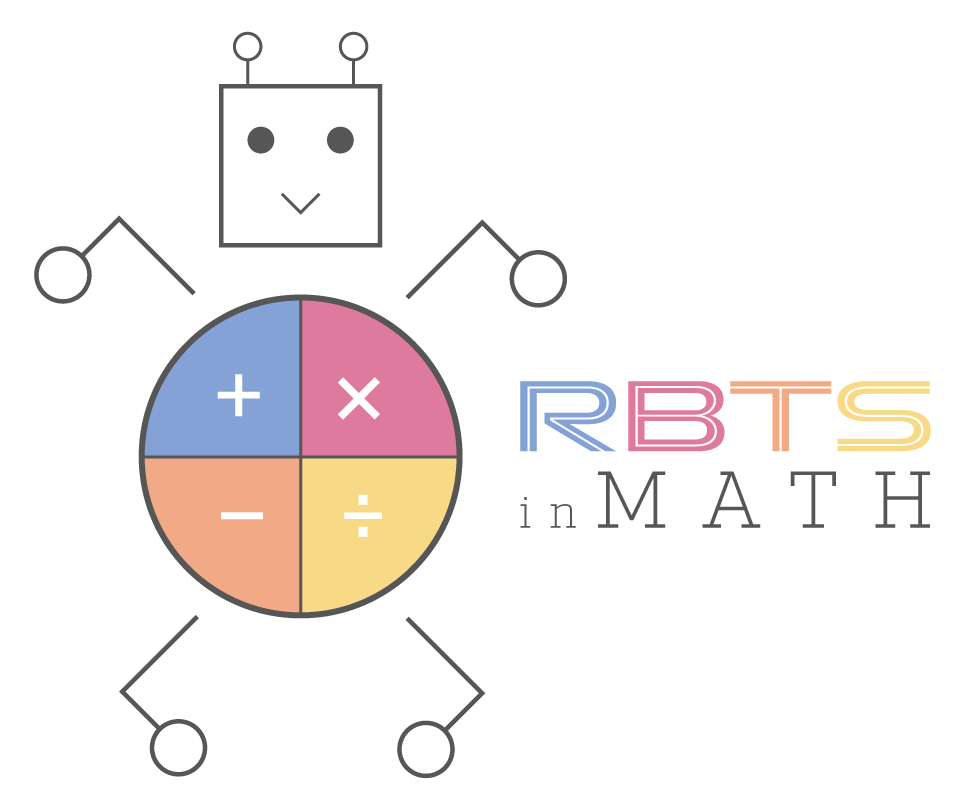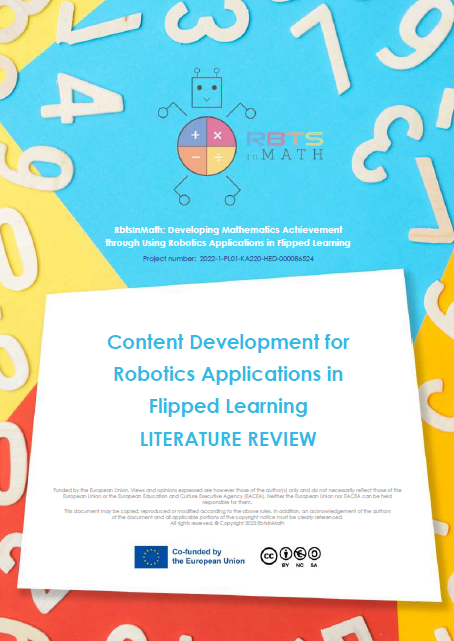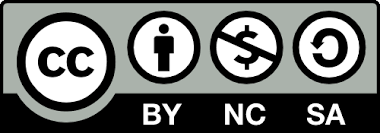Literature review
Introduction to the project
The project to be supported will improve future teachers’ skills in using robotics to teach and teach students mathematics as if they were playing a game. This will reduce students’ math anxiety and prepare them for digital transformation and real life. This process in teaching mathematics can be described as a robot-friendly education process.
Future teachers will learn how to run robotic applications to implement math education as part of flipped learning.
Aims and objectives
The goal of this project was stated as filling gaps in the skills of undergraduate students who will work in primary schools, in the processes of solving possible challenges related to math phobic students by developing:
A modular course curriculum that encourages the use of robotic applications for flipped learning in mathematics education in primary school
A virtual video library of robotics practices consisting of scenario-based learning and teaching processes
Teacher’s Guide: Applying Reverse Learning through Robotic Practices in Elementary Schools
These objectives will ensure the implementation of the project’s priorities. The first objective will be provided by an innovative curriculum that will allow the application of robotics in the learning and teaching process in primary schools. The second goal is the development of robotic applications, and this process will create a virtual video library that future teachers will be able to freely use. and teachers will be free to use these apps in their math teaching activities. . User-friendly robotics will be part of the digital transformation in mathematics education. The third objective will develop the skills of future teachers who will be able to apply robotics in their teaching process.
This project has been co-funded with support from the European Commission. This communication
reflects the views only of the author, and the Commission cannot be held responsible for any use which may be made of the information contained therein.




